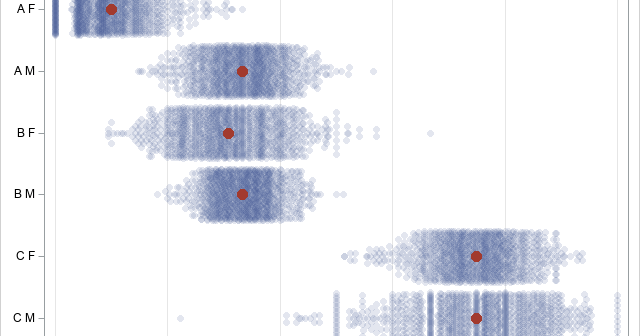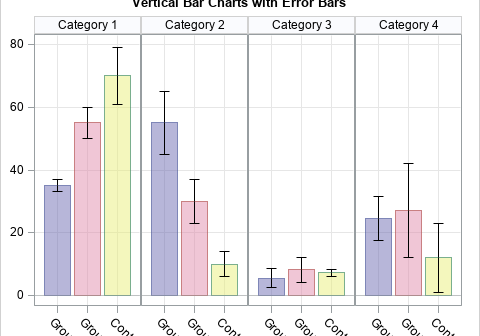The DO Loop
Statistical programming in SAS with an emphasis on SAS/IML programs
The field of probability and statistics is full of asymptotic results. The Law of Large Numbers and the Central Limit Theorem are two famous examples. An asymptotic result can be both a blessing and a curse. For example, consider a result that says that the distribution of some statistic converges

The SAS/IML language supports lists, which are containers that store other objects, such as matrices and other lists. A primary use of lists is to pack objects of various types into a single symbol that can be passed to and from modules. A useful feature of using lists is that

I previously wrote about one way to solve the partition problem in SAS. In the partition problem, you divide (or partition) a set of N items into two groups of size k and N-k such that the sum of the items' weights is the same in each group. For example,

The partition problem has many variations, but recently I encountered it as an interactive puzzle on a computer. (Try a similar game yourself!) The player is presented with an old-fashioned pan-balance scale and a set of objects of different weights. The challenge is to divide (or partition) the objects into

A statistical programmer asked how to simulate event-trials data for groups. The subjects in each group have a different probability of experiencing the event. This article describes one way to simulate this scenario. The simulation is similar to simulating from a mixture distribution. This article also shows three different ways

A colleague spent a lot of time creating a panel of graphs to summarize some data. She did not use SAS software to create the graph, but I used SAS to create a simplified version of her graph, which is shown to the right. (The colors are from her graph.)
